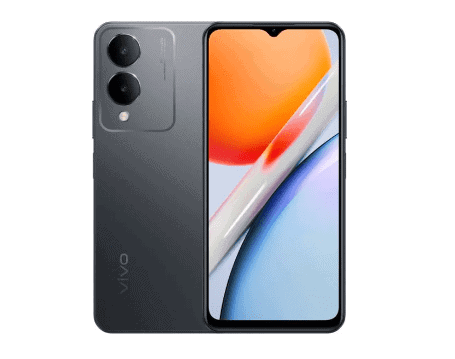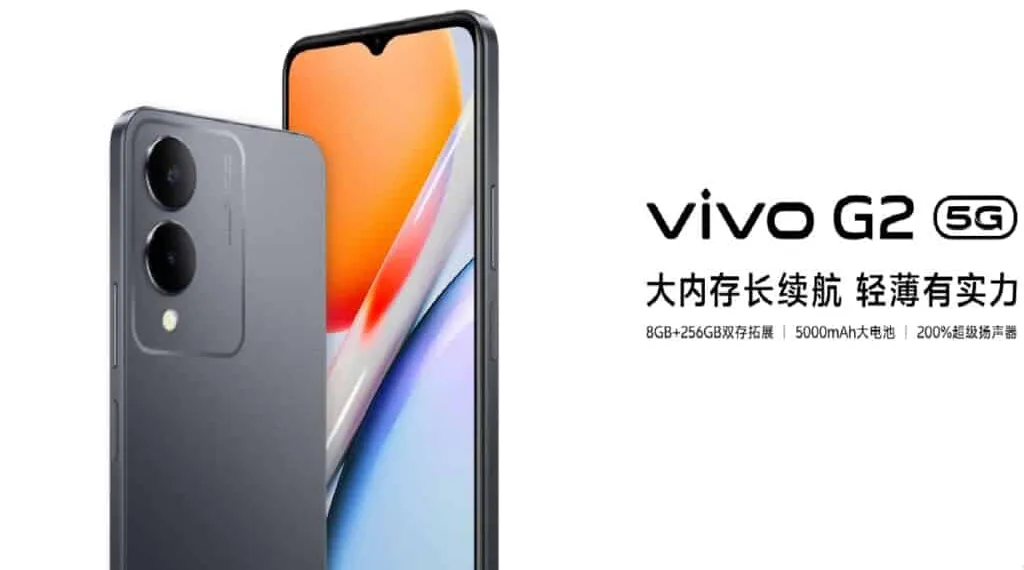Vivo, a prominent figure in the smartphone industry, has quietly introduced its inaugural G-series smartphone in the Chinese market. Originally identified in the Google Play Console database last week, the Vivo G2 has now made its official debut on Vivo China’s website, showcasing a variety of notable specifications and features.

The All New Vivo G2
The device features a 6.56-inch LCD panel with a subtle teardrop notch, providing an immersive visual experience with its high-definition plus (HD+) resolution of 1612 x 720 pixels and an impressive 90Hz refresh rate. Running on Origin OS 3-based Android 13, the Vivo G2 is equipped with a 5-megapixel front-facing camera and a 13-megapixel single camera with LED flash on the rear panel.
Internally, the Vivo G2 is powered by the Dimensity 6020 chipset, paired with up to 8 GB of LPDDR4x RAM. Offering ample storage options, the device provides up to 256 GB of UFS 2.2 storage, expandable via a microSD card slot.

Driving the device is a robust 5,000mAh battery, supporting 15W charging through a USB-C port. Notable features include dual SIM capability, 5G connectivity, 5GHz Wi-Fi, Bluetooth 5.1, GPS, and a 3.5mm audio jack. The inclusion of a side-facing fingerprint scanner adds to the comprehensive user experience.
Upon closer examination, similarities between the Vivo G2 and the previously launched Vivo Y36i become apparent. The Y36i was officially introduced in China in December 2023, suggesting a strategic focus on the offline market within China for the G2.

The Vivo G2 is available in four distinct variants, offering different combinations of RAM and storage: 4GB + 128GB, 6GB + 128GB, 8GB + 128GB, and 8GB + 256GB. Pricing for these variants is set at 1,199 Yuan ($167), 1,499 Yuan ($210), 1,599 Yuan ($225), and 1,899 Yuan ($265), respectively. The Deep Sea Black color variant adds a touch of elegance to the device’s overall aesthetic appeal. In conclusion, the Vivo G2 stands as a compelling addition to the company’s smartphone lineup, catering to the discerning needs of Chinese consumers in the offline market segment.








